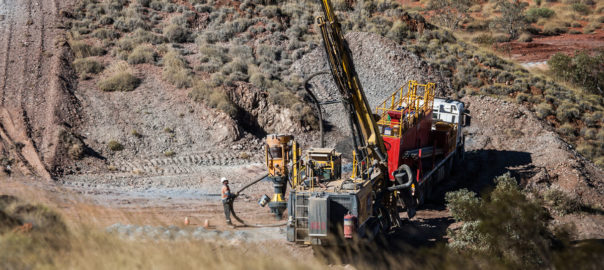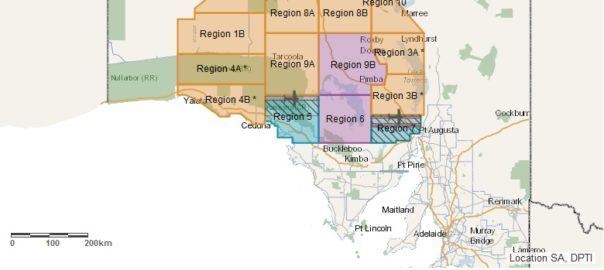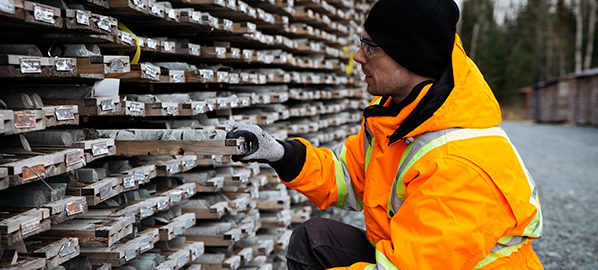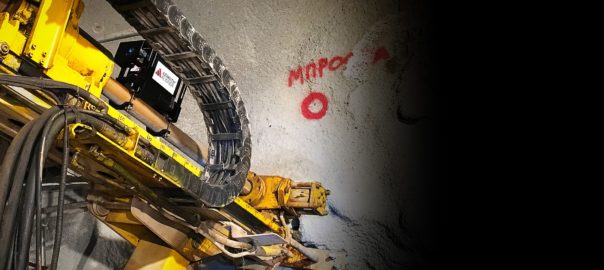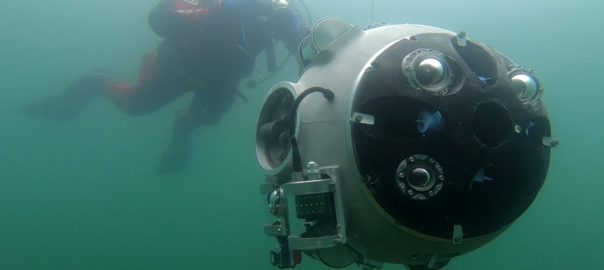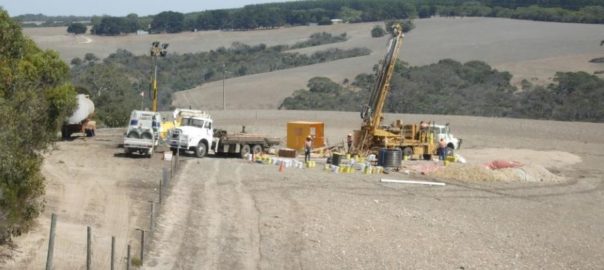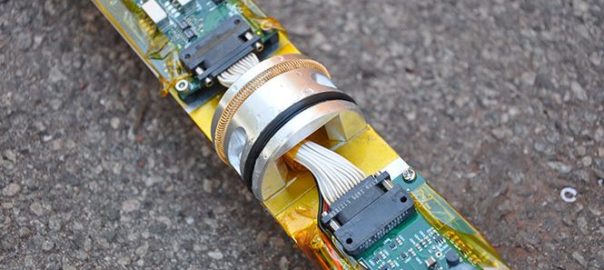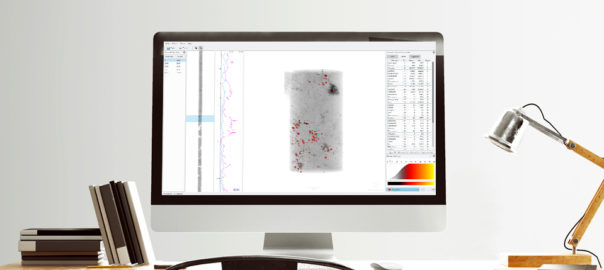Australia-based Qteq and Wireline Services Group (WSG) have agreed to join forces as they look to build a bigger domestic and overseas base in the georesources sector.
The merger, one of five corporate M&A transactions by Qteq in 2018, alone, signals an influx of innovative borehole measurement sensors and systems backed by two of the world’s leading geotechnical companies, Qtec said.
“The transaction will partner Qteq’s integrated technical services team with almost 80 field logging engineers across Australia and Canada,” the company added.
Qtec’s recent acquisition activity has seen it buy Surtech Systems and directional drilling and measurement-while-drilling (MWD) company WellServ, providing its clients with access to leading systems to collect accurate data on the composition and behaviour of subsurface rocks. WSG will complement this offering with its “safe, reliable and accurate” subsurface data acquisition and analysis services.
Qteq founder and CEO Simon Ashton said WSG shared the company’s vision for a “sustainable, environmentally responsible georesources sector”.
He added: “WSG’s 18 years of experience and dedicated team enhances Qteq’s national and international service capability beyond our current bases in every Australian state and core hubs overseas.”
The merger is supported by WSG founder and Managing Director Matthew Mayne, who will remain at Qteq as Managing Director of the Qteq Measurement Systems division, Qtec said. Mayne, who launched WSG more than 18 years ago, said the merger was a great opportunity for the company’s expertise to reach new markets.
“My first order of business will be driving the division’s regional and global growth, as Qteq continues to expand into South America, Africa and Canada,” Mayne said.
“The integration of the two companies will provide new opportunities across the georesources sector on a scale that has not been seen before. It will build and refine the skillset of our combined teams and provide our clients with direct access to Qteq’s innovative subsurface technologies.”
As a leading provider of subsurface geophysical and geotechnical measurement systems, and more than 30 logging units across Australia, Asia and Canada, WSG’s in-house data services team will work alongside Qteq’s client-focused team to increase the market uptake of Qteq’s technology portfolio, Qtec said.
Mayne said: “We aim to offer the most innovative, cutting edge subsurface data services and technology in the industry.
“Qteq’s research and development team, in Perth, is building a tech-based bridge from the oil and gas sector to the coal seam gas, mining and ground water industries, with elemental spectroscopy and MWD systems for RC drilling.”
Qtec said: “Qteq’s team is fully committed to providing an efficient and safe solution to the mine site automation trend that is changing the georesources industry. Measuring and monitoring the subsurface drives informed decision making, and protects the industry’s social licence to operate and meet community environmental expectations.”







